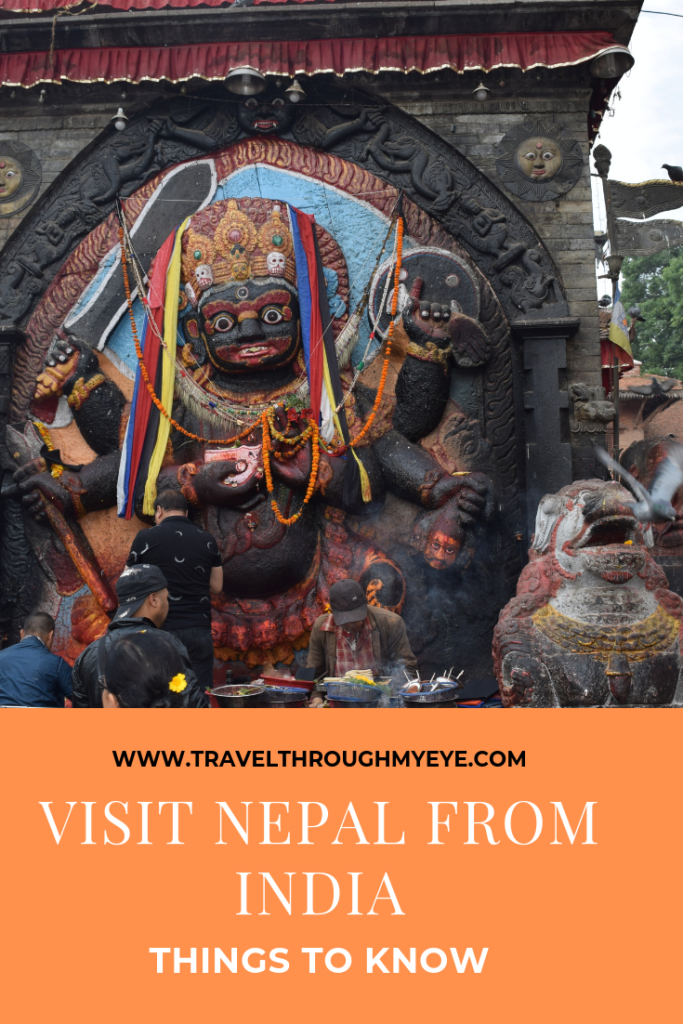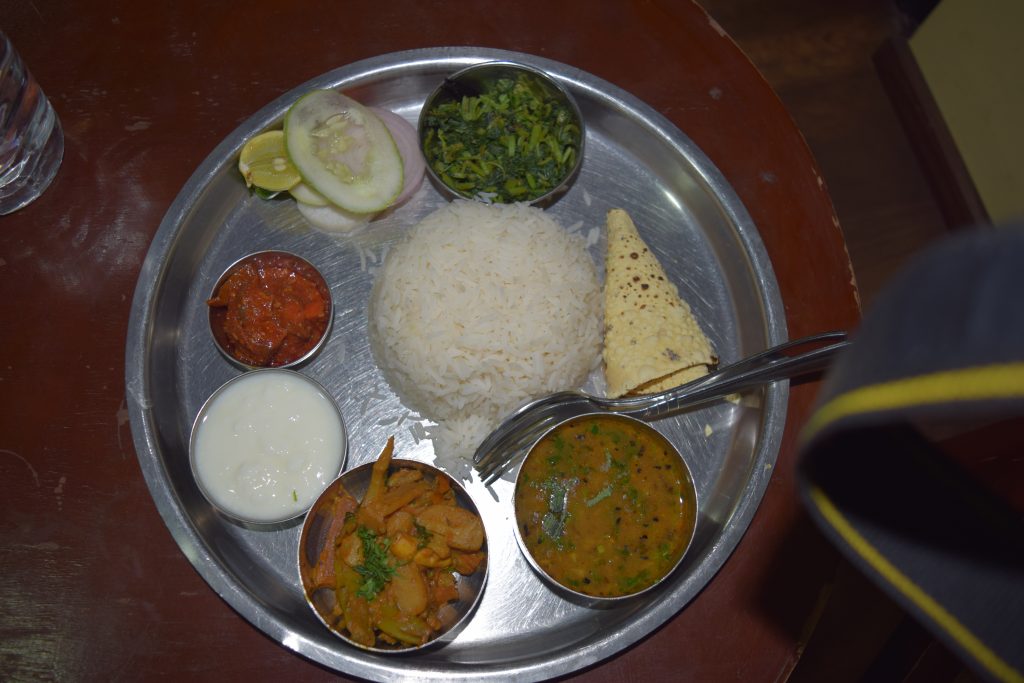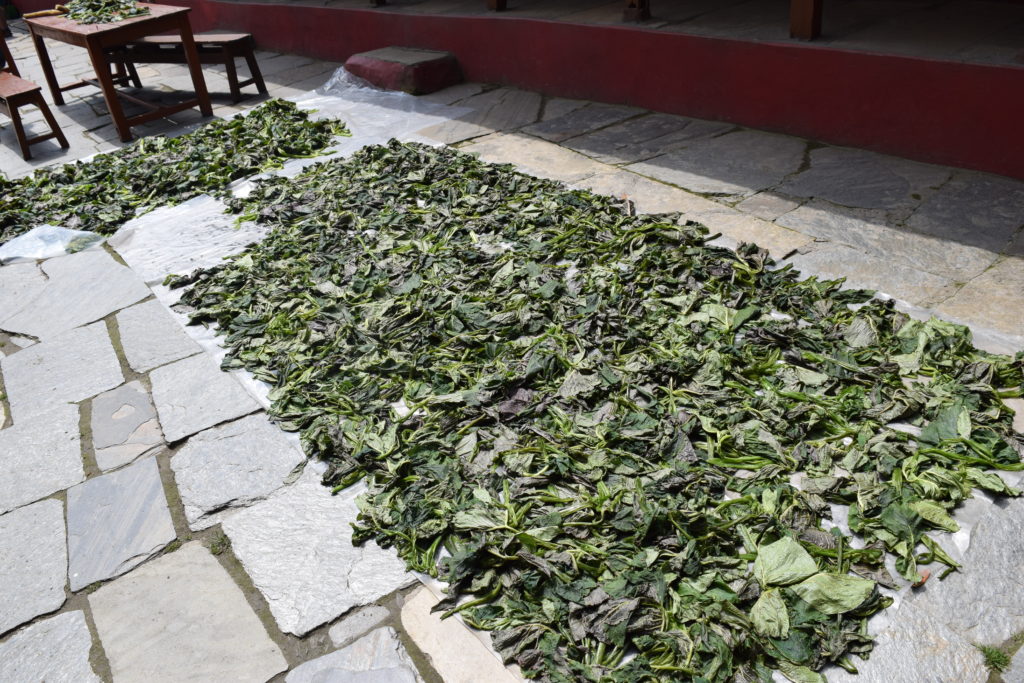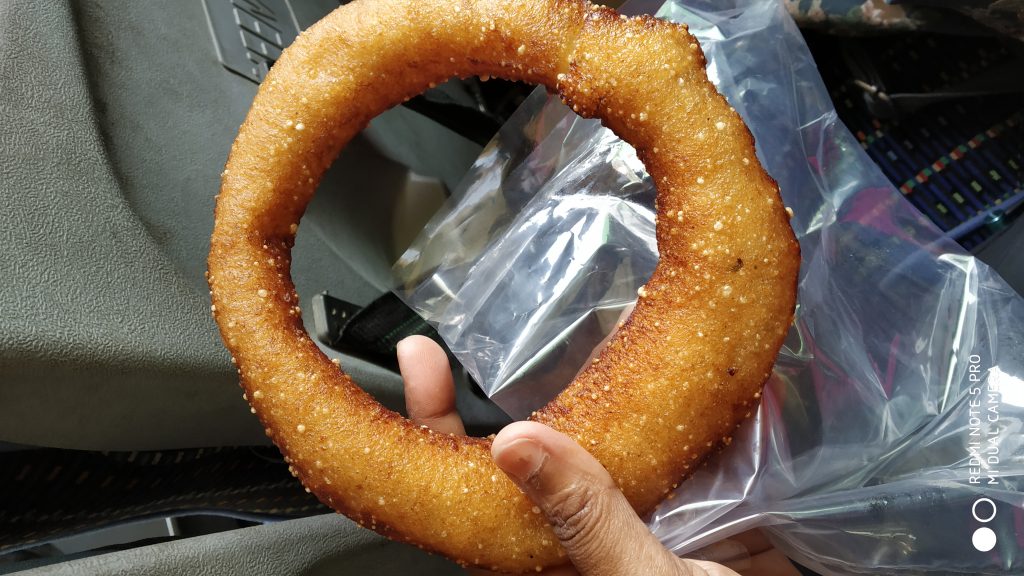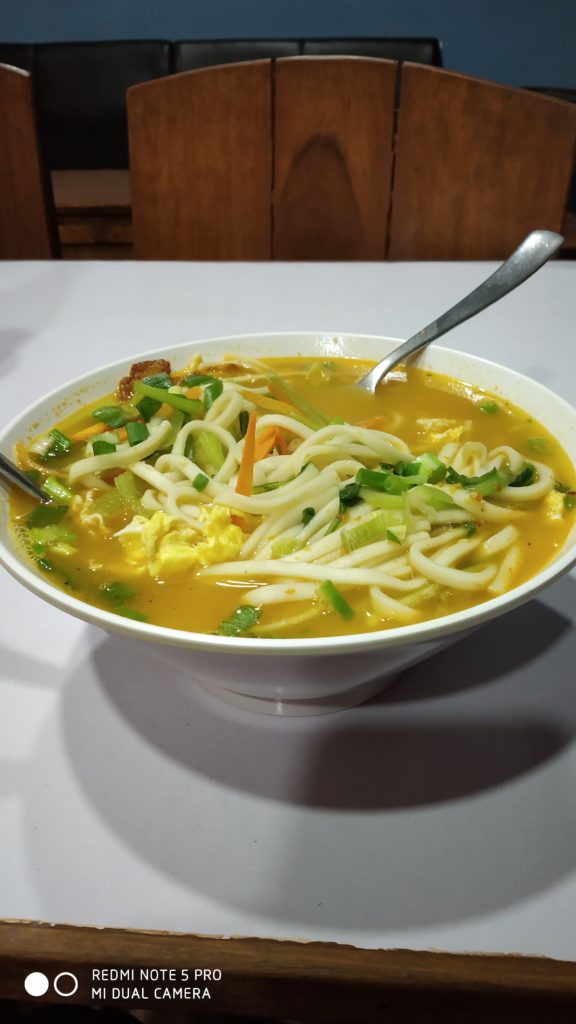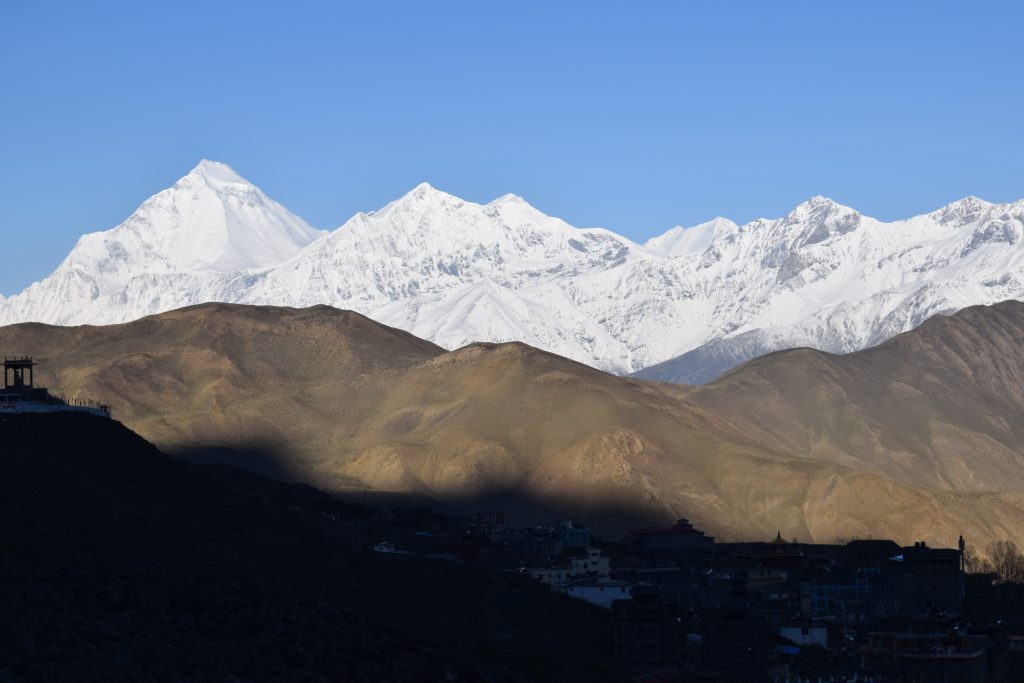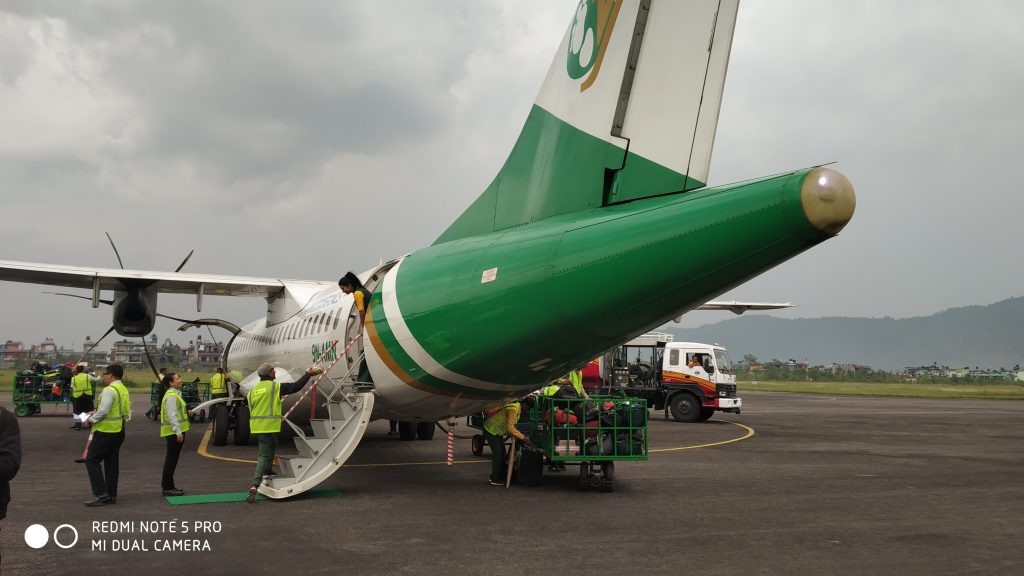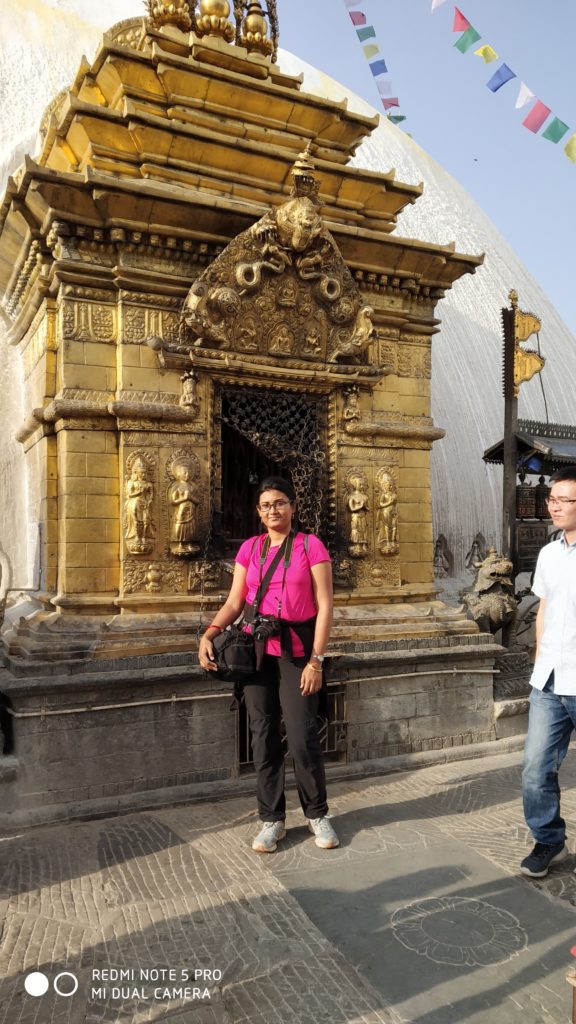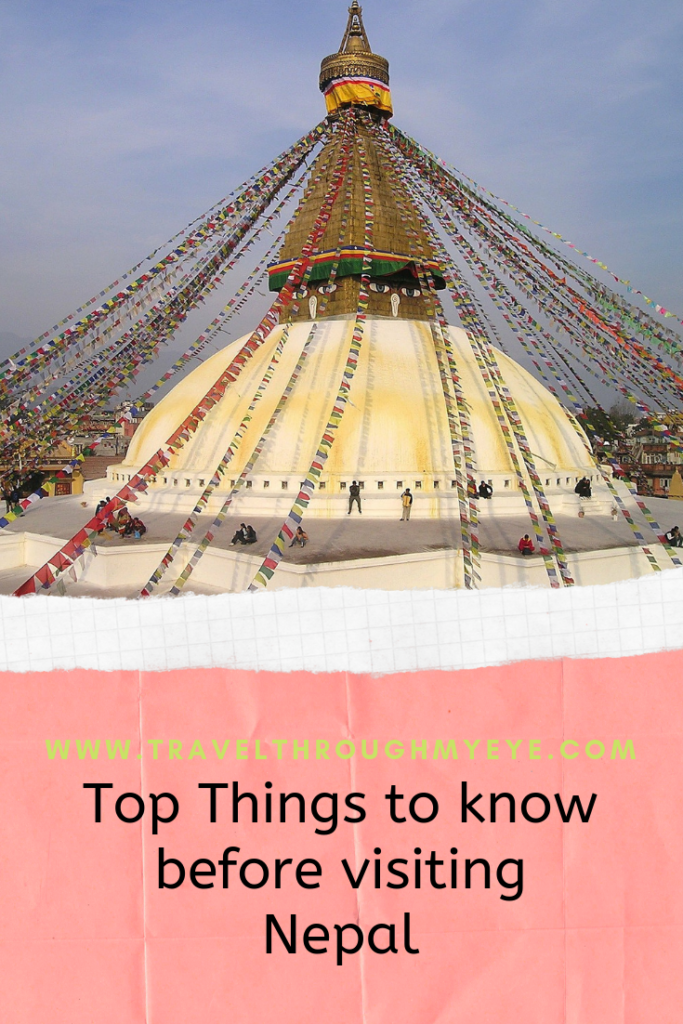I have visited Nepal in May 2019. In this post I will share the top things to know before visiting Nepal. I hope these information will be helpful if you are planning to visit Nepal from India.
Passport/Visa requirement if you visit Nepal from india:
No Passport or visa is required. You need not show any hotel booking or return flight unlike visiting to other Asian countries.
Currency In Nepal:
No currency exchange is required, that is what you will read from internet or from Airport currency exchange people, but believe me you may be in trouble. In most of the currency exchange counter you will not get Nepali Rupees from Indian currency. Sometime hotel people or gift shop people take Indian currency but in other places than the mentioned one they will only accept if the currency is 100 or less. The exchange rate is Nepali currencies /1.6 = Indian Rupee. Sometimes even if you get an exchange, but they may offer you 1. 5 times. Luckily my hotel person gave me some Nepali currency and next day I found an exchange shop who gave me the Nepal Rupees, but for that I checked at least 6-7 currency exchange counter.
Transport in Nepal:
In Nepal public transport like micro (bigger size auto), bus are cheaper but private transports (taxi) are very costly. My hotel was 5 km from Airport, but it took 700 NPR for that. It even cost me 500 NPR in a rainy evening for only 2.8 km. considering this, you need to plan your itinerary as per your budget.
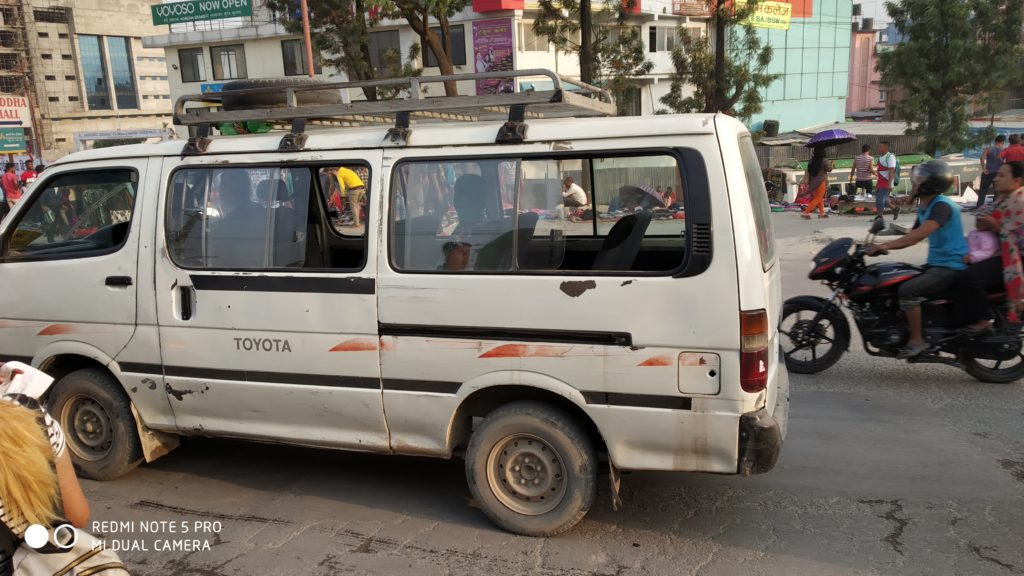
In Kathmandu there are public busses and Micro (jeep) available for travelling inside the city which is quite cheap (5-10 NPR for any shorter distance) but these transports are very crowded with local people.
Bargain hard:
In Nepal, for everything (mostly cloths, accessories for trekking) you need to bargain hard. Other than food, I have done bargaining for everything, though I am not considered a good bargainer as per my mom and husband. 😉
Nepalese food:
In Nepal, food is costly, especially if you do have a plan of trekking (which will be remote areas), remember the food cost will be 450—700 NPR per meal. Calculate the required money for the trip considering this.
The main food of Nepal is Nepali dal Bhat which is almost same as Indian dal Bhat. In remote mountains, the test of dal Bhat is better than the dal Bhat available in the city area. In Muktinath, Ghorepani, Tadapani they use some kind of leafy vegitable (saag) which they dry and then use it as sabji (vegetable). The teste is awesome. Whereas in cities you will get other options like fried rice, Chowmin, Pasta etc. In cities you will get 2-3 vegitable, fry, chatni in dal Bhat menu.
People in Nepal generally eats with their hand (like people of West Bengal and Tamilnadu in India). In dal Bhat you will get unlimited option, which is actually not required for most of the tourist as you cannot even finish the rice they will give you in the first hand.
Best time to visit Nepal:
Actually it depends which places you are planning to visit. I visited in the first week of May and found the Kathmandu very hot. The temperature was 27-30 degrees (still better than many places of India). So if you have plan to visit Kathmandu, Pokhara, Bandipur, Bharatlur, Lumbini etc then best time to visit us October to November.
But for trekking I feel April May is better. In my Muktinath and Ghorepani poon hill trek, temperature was 15—17 degree at day time and at night 7—9 degrees. But after May first week I found the sky was hazier and you cannot view all the mountain ranges in the foggy kind of weather. So it’s better to go either in October – November or in end April.
Mode of transport while Travelling inside Nepal (one place to another) :
The road condition is very bad in Nepal, so if you are travelling intercity e.g Kathmandu to Pokhara, or Pokhara to Muktinath, Pokhara to Lumbini etc. please avoid getting local buses. Tourist buses can be taken, but if your budget permits try flights. If you book in 2 months advance (which I did) you can get the domestic flights at a good price. I got the flight from Kathmandu to Pokhara at 1600 INR, but the return flight I got at 4550 INR as I booked it late. the bus world cost you 800 NPR. (500 INR). The flight will reach Pokhara in 35 minutes ( total time including check in will be 1.30 minutes) whereas the bus will reach in 10 hours.
Here is my Muktinath bus journey experience.
Mobile connectivity in Nepal:
There were two network connection available in Nepal airport. Ncell and NTC. The first one was giving 4 GB data with NPR 50 taktime having validity of 7 days for 400 NPR. I took this one as the data limit was more. Later while going Muktinath, I came to know people who crossed Nepal border by road was given one network called SMART. For all these network, you can avail the network in mostly city area, but if you are going to trek, then better to take NTC (this is the Government owned network), as in hilly area I found no network other than NTC. In most of the places I travelled there was WiFi, only in Tadapani, the network was not working.
Where to stay in Nepal:
Hotels/ hostels/Homestay: In Kathmandu, Pokhara you can get all the options. You can book the hotel from www.booking.com by using my referal code, you will get 700 cashback. Another benefit of Booking. Com is no need to pay in advance (for most of the hotels/hostels), you can directly pay to the hotel and up to 24 hours of your stay, you can cancel the booking at free of cost.
Permission for trekking/ entering into Annapurna reserve area:
If you want to enter Annapurna reserved area, you should have a permission from ACAP Office of Pokhara. The permission for Muktinath costs me 1600 NPR (1000 for the permission and 600 for the TIMS card) and for the Ghorepani poon hill trek additionally I have to pay 300 for TIMS card. The permission for SARC countries are less as mentioned above. For other countries I think the permission would cost 2500 NPR and TIMS card also 2000 NPR. The TIMS card will be different if you travel without guide/porter and with them. If you are trekking with porter/guide, the TIMS card had to be issued by that trekking agency.
Essential things to carry in your Nepal tour:
For Nepal you need to take proper warm cloths, gloves, cap, sunscreen, sunglass, necessary medicine of fever, body pain, altitude sickness medicines, ORS, spray pain killer etc. One of the most important thing is dust proof/ pollution mask. Especially if you are travelling in April May, the dust content is very high.
Read: Top 10 things to do in Pokhara
How much cash to carry in Nepal:
Unlike other international destination, Nepal is a country where you cannot use any card for payment. So from hotel to restaurant to car/bus everywhere you need to pay in cash. In Kathmandu you can pay in Indian currency (mostly 100 or below) but in remote areas, It’s better to have Nepal currency. You should actually carry 50%more cash than required as you will not get any ATM in those remote villages. Anything can happen and for emergency situation, cash is the utmost requirement.
While coming back from Tadapani to Ghandruk in my Ghorepani poon hill trek, I saw a Korean GIRL was carried by 3 porters, I came to know her anklets got twisted accidentally, so you can imagine per day 3 porters (at least 6000 NPR per day) plus medical expenditure she had to spend.
Nepali culture:
As Nepal is the land locked country which share its border with India, China, so the culture also very similar like India. In cities the similarities are even more. The way of dressing, food habits and even the language is also quite similar. Most of the people can understand and speak Hindi. People can speak English in all the Tourist places. They follow similar festivals like Diwali, Holi, Dussara. I even saw one marriage (Barat- the arrival of groom), it’s almost similar. However the culture of remote villages are different.
If you want to know about Ghorepani poon hill trekking please read here.
That was my suggestion for top things to know before visiting Nepal. This would certainly help you if for visit Nepal from India.
